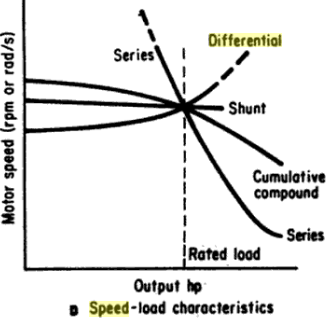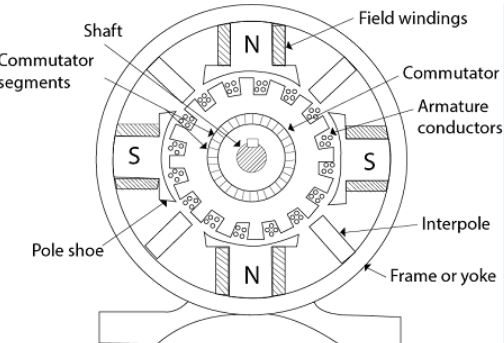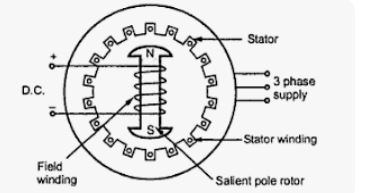Suppose Mohan and Ram go to school by cycle. One day Ram cycle get punctured so he asked Mohan for help. Now Mohan has to carry the extra weight of Ram. So obviously the extra weight will reduce the speed of Mohan’s cycle. Therefore he has to exert some extra power to reach in time. This extra power in an electrical machine is known as torque.
So does the only factor of extra power matter to reach school in time…. the answer is no. Now you all are wondering why? Let me explain
Another factor that plays a vital role is the time taken by Mohan to maintain his usual speed after the increase in load. If he takes more time to adjust his speed he can’t reach school in time. That means less the variation in speed more chances to reach school on time.
- The same theory works with DC motor i.e when the load is applied to the dc motor its speed decrease, but it is not desirable since in many application such as conveyors, lathe machine etc. we need constant speed motor.
- So it is desirable that the difference between the no load to full load speed should be less.
Speed Regulation of DC motor
- When we say DC motor is a self-regulating machine. This self-regulating effect is called as speed regulation. That means the motor will adjust its speed with the variation in the load.
- The speed regulation is defined as the ratio of change in the speed from no load to full load to the speed corresponding to full load.
- Numerically it is expressed as

- Similarly, percentage speed regulation is defined as

Note ⇒ The lower the percentage of regulation the more constant the speed of dc motor.
- The EMF equation of DC motor is given by

From the above equation, it is clear that back emf of DC motor is directly proportional to the speed of the DC motor. - If the load is added to the motor then the motor must produce more torque to overcome the added load and T α Ia hence armature current also increase with the increase in the load.
- To produce more torque the magnetic field of the pole must increase, and the increase in the field strength can be achieved when the armature speed decreases causing less back emf to be produced in the armature.
- The decrease of the back emf allows more current to flow through the armature causing an increase in magnetic field strength.
- In DC motor the speed regulation is proportional to the resistance of the armature.
- The lower the armature resistance the better will be the speed regulation of the dc motor.
Speed regulation of various motors
DC shunt motor
- The speed regulation of DC shunt motor is between 10 -15 %.

DC Series motor
- The speed regulation of the dc series motor is most inferior among all the dc motor.
- The percentage of speed regulation is more than 35%.
DC Cumulative compound motor
- The speed regulation of DC cumulative compound motor is superior to that of dc series motor and inferior to DC shunt motor.
- The percentage of speed regulation of Dc cumulative compound motor is between 25% – 30%.
DC differential compound motor
- The speed regulation of a DC differential compound motor is superior among all the other motor.
- The percentage of speed regulation of DC differential compound motor is between 3% -5%.



